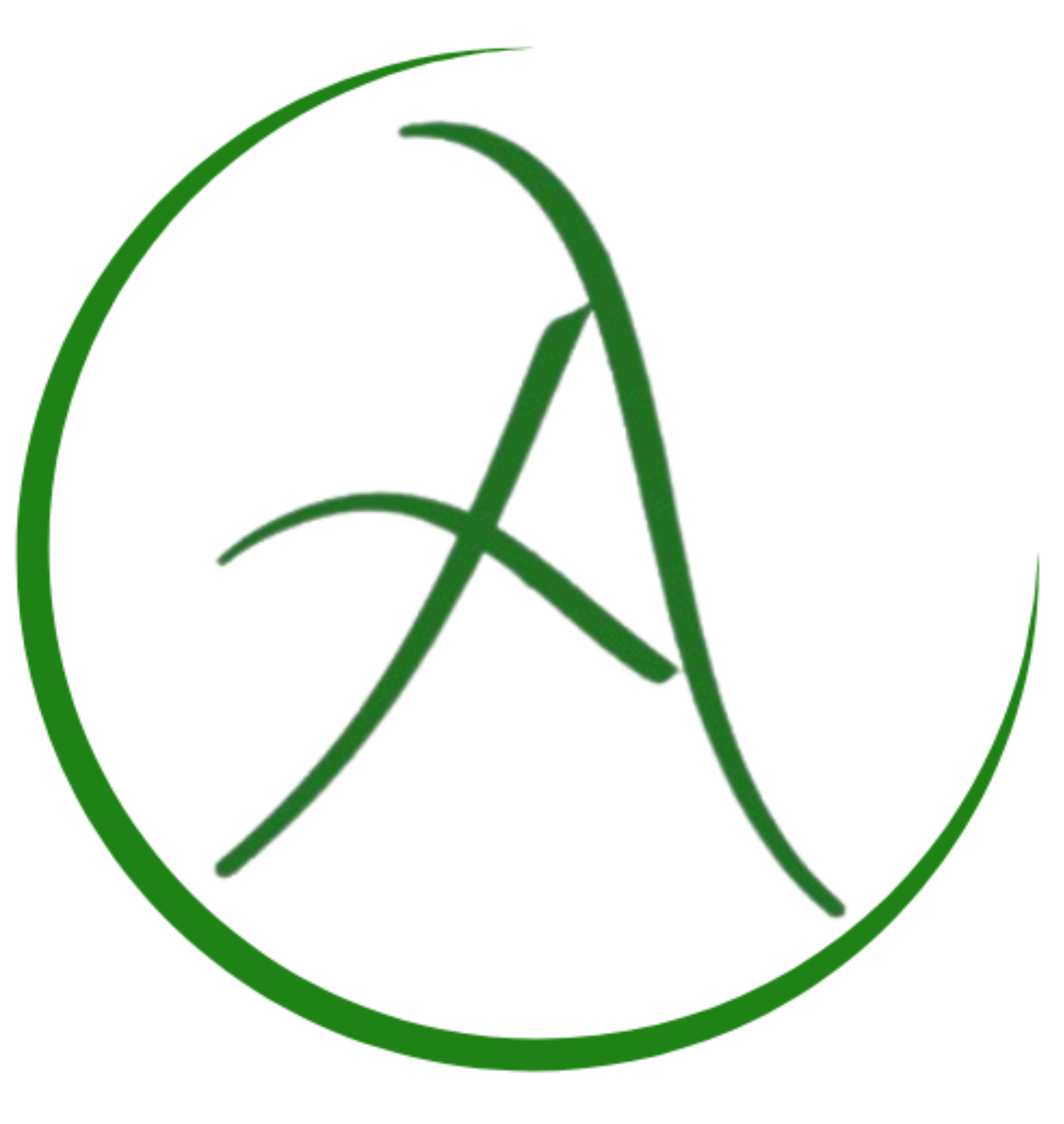Back to Cwrs
Economi adfywiol
0% Complete
0/0 Steps
-
Module 01: Introduction1.1 Lesson-1: Interested in Regeneration?
-
1.2 Lesson-2: What is Regenerative Economy?
-
1.3 Lesson-3: Principles of Regenerative Economy9 Pynciau
-
1.3.1 Principle 1: Maintain strong, cross-scale circulation of key flows, such as energy, information, resources, and money.
-
1.3.2 Principle 2: Regenerative and sustained re-investment
-
1.3.3 Principles 3 & 4: Maintain Trustworthy Inputs and Healthy Outputs
-
1.3.4 Principle 5: Maintain a good balance between different types of organizations.
-
1.3.5 Principle 6: Maintain a balanced mix of resiliency and effectiveness.
-
1.3.6 Principle 7: Maintain sufficient diversity
-
1.3.7 Principle 8: Encourage cooperative relationships and principles that are shared by all
-
1.3.8 Principle 9: Encourage positive action and restrict speculative and overly extroverted behavior
-
Principle 10: Encourage efficient, flexible, group learning
-
1.3.1 Principle 1: Maintain strong, cross-scale circulation of key flows, such as energy, information, resources, and money.
-
1.4 Lesson-4: Towards Regenerative Economy1 Cwis
-
Module-02: Go Beyond the Circles2.1 Lesson-1: From Linear to Circular Economy
-
2.2 Lesson-2: The Nested System
-
2.3 Lesson-3: From Focusing on the Product to Focusing on the Process1 Cwis
-
Module-03: Regenerative Economy Mindset Shifting3.1 Lesson-1: Shift Mindset to Transform the System1 Testun
-
3.2 Lesson-2: Shift Mindset: “Doing” to “Being”2 Pynciau
-
3.3 Lesson-3: Shift Mindset: “Ego” to “Soul”1 Testun|1 Cwis
-
Module 04: Regenerative Economy Framework4.1 Lesson-1: Levels of Paradigm6 Pynciau
-
4.2 Lesson-2: Understanding Levels of Paradigm as a System
-
4.3 Lesson-3: Evolving a Practice of Regenerative Economics5 Pynciau
-
4.4 Lesson-4: Quantitative Growth to Qualitative Growth2 Pynciau|1 Cwis
-
Module 05: Collaborative Approach to Regenerative Economy5.1 Lesson-1: Ecology and Regenerative Economy 1
-
5.2 Lesson-2: Economy of Human Development9 Pynciau
-
5.3 Lesson-3: Regenerative Approach to Whole Economic Development7 Pynciau
-
5.3.1 Risks Associated with Traditional Economic Growth
-
5.3.2 A Regenerative Evolutionary Strategy to Creating Community Wealth
-
5.3.3 Developing Place-Sourced Community Intelligence: A Three-Phase Strategy
-
5.3.4 Phase One: Thinking Strategically
-
5.3.5 Phase Two: Changing Systems
-
5.3.6 Phase Three: Institutionalizing Strategic Planning Patterns and Fields
-
5.3.7 The Changes
-
5.3.1 Risks Associated with Traditional Economic Growth
-
5.4 Lesson-4: Regenerative Culture3 Pynciau|1 Cwis
-
Module 06: Regenerative Investment6.1 Lesson-1: The Role of Businesses2 Pynciau
-
6.2 Lesson-2: Investing from a Regenerative Mind1 Testun
-
6.3 Lesson-3: Food System Investing in a Regenerative Economy4 Pynciau|1 Cwis
-
Casgliad
Participants 5727
Gwers 21 o 22
In Progress
6.3 Lesson-3: Food System Investing in a Regenerative Economy
Gorffennaf 13, 2025
Have a look at the conceptual framework that follows for an explanation of the Four Levels of Paradigm that (often unknowingly) guide investors all around the world in their thinking and behavior. While most philanthropists, investors, and funds in the food systems sector can quickly tell you what they are investing in, it is much more uncommon for them to be able to explain how they are investing and how that is formed by their paradigm — especially the thicker why that drives their behavior and decision-making.
Gwers Content
0% Complete
0/4 Steps

